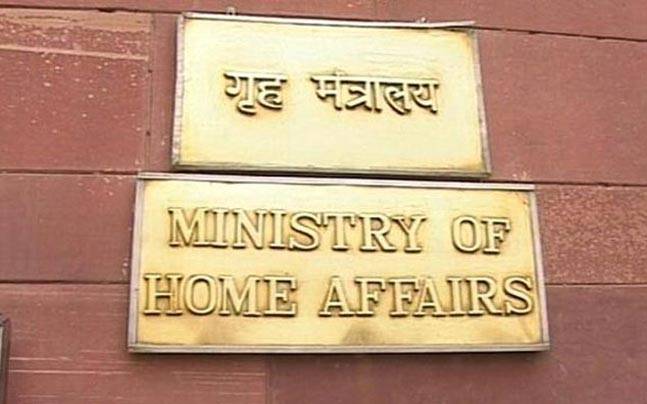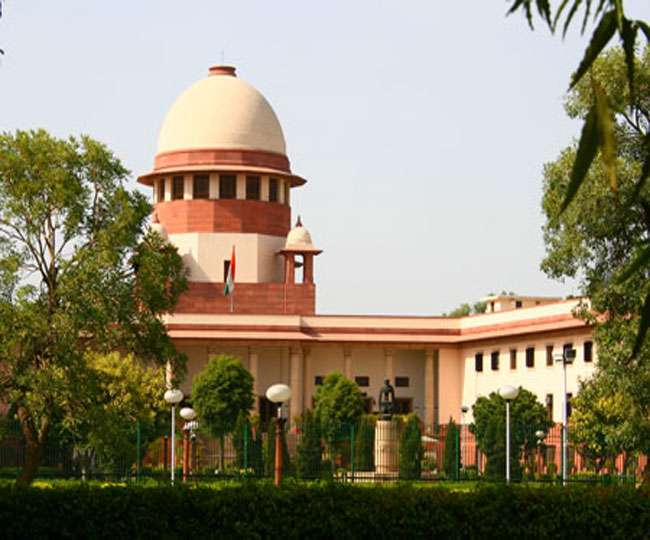New Delhi, Mar 26: In a bid enrich its coffers by about Rs 1 lakh crore, the government has started the process of monetisation of more than 9,400 enemy properties by issuing guidelines and directing the office of the custodian to submit a list of all such movable and immovable assets within three months, officials said.
The Ministry of Home Affairs has also constituted a valuation committee at the district level, headed by the district magistrate, and an inter-ministerial disposal committee, headed by an additional secretary, so that the process could be completed in a time-bound manner.
The move comes after the amendment of the Enemy Property (Amendment and Validation) Act 2017 and the Enemy Property (Amendment) Rules, 2018, which ensured that the heirs of those who migrated to Pakistan and China during partition and afterwards will have no claim over the properties left behind in India.
The enemy properties were those left behind by the people who took citizenship of Pakistan and China. There are 9,280 properties left behind by Pakistani nationals and 126 properties left behind by Chinese nationals, a ministry official said.
The government has vested these properties in the Custodian of Enemy Property for India, an office instituted under the Central government.
The office of the custodian should submit a list of all enemy properties to the Central government, the Home Ministry said.
“A list of all vested enemy properties (movable and immovable) shall be prepared by the Custodian for its submission to the Central government within three months from the publication of this order,” it said.
For the purpose of valuation of the immovable enemy property, a valuation committee will be constituted at the district level with the district magistrate as the chairman besides two other official members.
The committee shall consider the circle rate of the area where the property is situated or a rate fixed by the district administration as a mode of valuation of the property along with other valuation modes.
The custodian will prepare and submit the state-wise list of the enemy properties along with their valuation to the Central government within one month from the date of receipt of the valuation report from the valuation committee.
The Central government will also constitute an Enemy Property Disposal Committee, with an additional secretary of the MHA as chairman and an additional secretary and financial adviser in the ministry, joint secretary in the Department of Disinvestment and Public Asset Management, joint secretary in the Ministry of Law and Justice, chief engineer, CPWD, Custodian of the enemy property for India as members, and the joint secretary in the MHA dealing with the enemy property as member-secretary.
The committee shall give its recommendation to the Central government for the disposal of the enemy property or the manner in which the enemy property may be dealt with and matters connected with it.
The Enemy Property Disposal Committee will make recommendations to the Central government in relation to the enemy property which includes sale of enemy property, usage of enemy property by the ministries or departments of the Central government, maintaining status quo and the transfer of the enemy property.
In case of vacant immovable enemy property, the Committee may recommend the purchaser offering the highest price for disposal of vacant immovable enemy property.
In case of occupied immovable enemy property, the Committee may recommend the percentage of valuation for its disposal to the existing occupier.
The Central government shall consider the recommendations of the Committee and take its decision, the order said.
The Custodian may sell the movable enemy property such as shares, with the prior approval of the Central government, in one or more lots by itself or by authorising any professional body for such a sale.
In case of a vacant immovable enemy property, the Custodian or any authorised body may sell the property, in one or more lots to secure maximum sale price, with the prior approval of the Central government by obtaining quotations from the persons interested in buying the immovable property, by inviting tenders from the public, by holding public auction or by any other method of sale.
The Custodian will also send a report to the Central government of the enemy property (movable and immovable) disposed of whether by sale or otherwise, containing details such as the price for which the enemy property has been sold and the particulars of the buyer to whom the properties have been sold or disposed of and the details of the proceeds of sale or disposal, deposited into the Consolidated Fund of India.
Among the 9,280 properties left behind by Pakistani nationals, the highest 4,991 properties are located in Uttar Pradesh followed by West Bengal which has 2,735 such estates. There are 487 such properties in Delhi.
Among the 126 properties left behind by Chinese nationals, the highest 57 are located in Meghalaya followed by West Bengal with 29. Assam has seven such properties.
“The estimated value of all enemy properties is approximately Rs 1 lakh crore,” Union Minister of State for Home Hansraj Gangaram Ahir had told Rajya Sabha earlier.
According to the new Act, ‘enemy property’ refers to any property belonging to, held or managed on behalf of an enemy, an enemy subject or an enemy firm.





